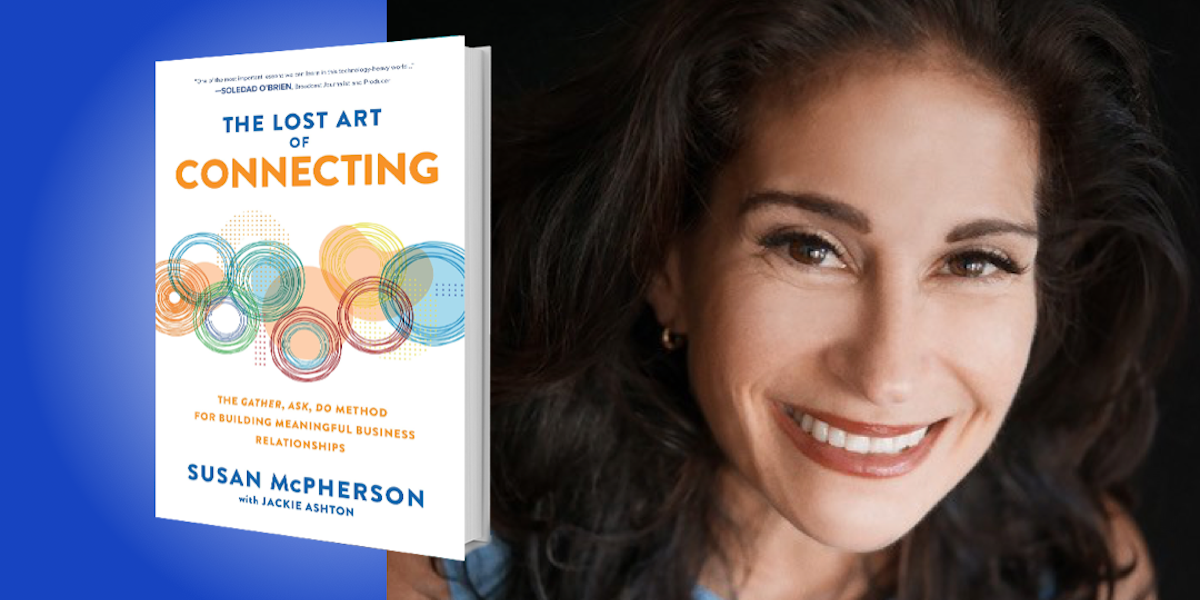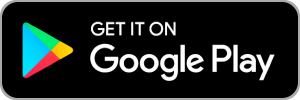Susan McPherson is the founder and CEO of McPherson Strategies, a communications consultancy focused on the intersection of brands and social impact. She has over 25 years of experience in marketing, public relations, and sustainability communications, speaking regularly at industry conferences, and contributing to the Harvard Business Review, Fast Company, and Forbes. Susan has appeared on NPR and CNN, and has been featured in USA Today, The New Yorker, New York Magazine, and the Los Angeles Times.
Below, Susan shares 5 key insights from the new book she wrote with Jackie Ashton, The Lost Art of Connecting: The Gather, Ask, Do Method for Building Meaningful Business Relationships (available now from Amazon). Download the Next Big Idea App to listen to the audio version—read by Susan herself—and enjoy Ideas of the Day, ad-free podcast episodes, and more.
1. Be intentional.
Whether you were a born connector or someone who struggles to widen your circle, this pandemic has, in some ways, leveled the playing field. It has forced all of us to start from scratch when rebuilding the real-life experiences that have been sorely lacking these 12 months. So spend some time thinking about what you want to accomplish when the world returns to normal. What values do you want to focus on? What are the special assets that you can offer to those you know, and those you will inevitably meet? Be clear about those goals, as they will help chart your course for connecting and reconnecting.
2. Forget FOMO, and create JOMO.
Over the years, all of us have experienced the fear of missing out (FOMO), but I like to turn it upside down and create the joy of meeting others (JOMO). As we return to a sense of normalcy, consider becoming a convener both online and in real life. You can start small—invite four or five friends or colleagues to a gathering, and ask each to invite one additional person. This group approach will put you in contact with friends of friends, and increase the chance that you’ll cross paths with others who share mutual interests.
3. Be curious.
To truly build connection, I suggest you learn the art of the ask. Have four or five questions at the ready that you can use to elicit meaningful responses. For example, instead of the standard, stale conversation starters about the weather or what someone had for lunch that day, consider asking, “What are you looking forward to now that the pandemic is almost over?” Or, “What has been most challenging for you during this year of isolation?” These questions invite a more thoughtful response, and are far more likely to result in a meaningful conversation.
“Listening is your secret weapon—it’s critical to building meaningful and long-lasting ties to others.”
4. Learn how to listen.
Most of us fail miserably at listening, with several studies suggesting that 75% of the time, most of us are distracted, preoccupied, and forgetful. But to be a great connector, listening is your secret weapon—it’s critical to building meaningful and long-lasting ties to others. So the next time you’re in that conversation asking those good questions, be certain to focus on and retain the answers. And feel free to take notes, whether it be on a little notepad or on your smartphone. Knowing what’s on someone’s mind, what they prefer, and what they’re excited about are the keys to offering an appropriate and supportive response. We have two ears and one mouth for a reason; perhaps we should be listening twice as often as we’re speaking.
5. Follow up and repeat.
If you listen and take notes, you will have the tools to successfully follow up. If your colleague mentioned that they were planning a trip to a city that you or someone in your circle has visited, send them an email with the names of several shops, restaurants, or museums that you recommend. If a friend is looking for a nonprofit to support and you know of one looking for their specific expertise, make that introduction. It may feel a little uncomfortable at first, but turn that idle thought into a concrete follow-up action.
After your colleague returns from their travels, check back in and ask if they happened to visit the spots you recommended. Don’t be afraid to reach out to see how they’re doing—and this can be a phone call, a text, a direct message on Twitter or Instagram, or even a handwritten note sent the old-fashioned way. Knowing how to create a community is a skill that will serve you well, not just in the wake of a global pandemic, but whenever you are faced with a new, unfamiliar environment.
To listen to the audio version read by Susan McPherson, and browse through hundreds of other Book Bites from leading writers and thinkers, download the Next Big Idea App today:






























